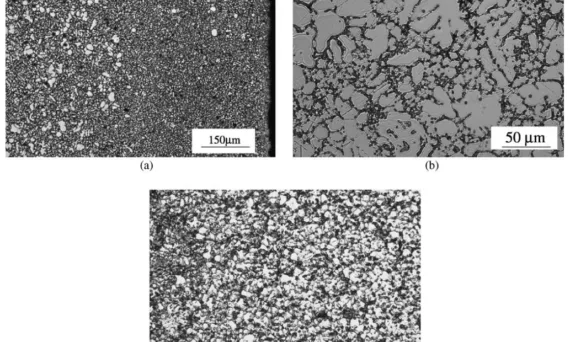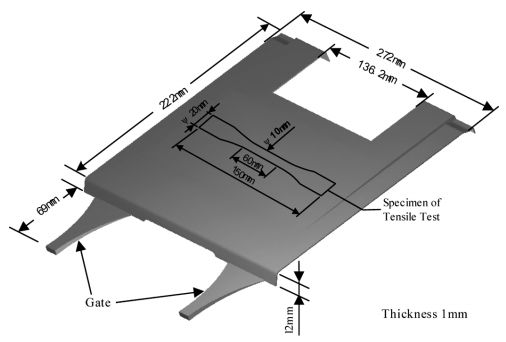This article introduces the paper ‘Utility of micro-indentation technique for characterization of the constitutive behavior of skin and interior microstructures of die-cast magnesium alloys’ published by ‘Elsevier’. 1. Overview: 2. Abstracts There has been increasing thrust lately on the development of lightweight cast magnesium alloy components for structural automotive and other applications. The microstructure of
Read More
Jessica Barabasch,Joyce Schmatz,Jop Klaver,Alexander Schwedt,and Janos L. Urai Abstract Constitutive laws to predict long-term deformation of solution-mined caverns and radioactive-waste repositories in rock salt play an important role in the energy transition. Much of this deformation is at differential stresses of a few megapascals, while the vast majority of laboratory measurements are at much higher differential
Read More
Yung-Kuang Yang and Chorng-Jyh Tzeng Keywords: ANOVA, AZ91D, Die-casting, Taguchi method, Stress–strain. Introduction Magnesium and its alloys are becoming increasingly important as structural materials for applications in which weight reduction is critical, because of their low density and high stiffness-to-weight ratio. Popular applications include automotive, industrial, materials-handling, and aerospace equipment such as automotive pulleys, cog-tooth
Read More


